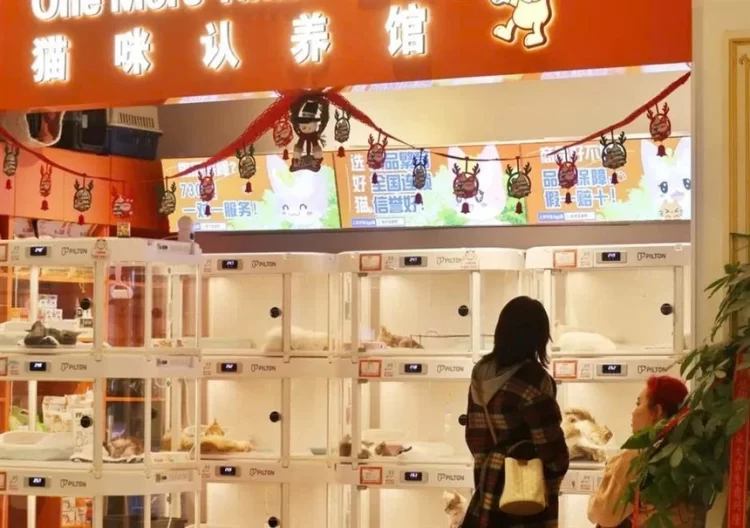A couple of teen geniuses from Hong Kong have invented a product that could revolutionize the world of hygiene and infection control. They’ve created a door handle that instantly destroys germs every time it is touched by human hands.
The two kids – 17-year-old Sun Ming (‘Simon’) Wong and 18-year-old King Pong (‘Michael’) Li – are students at Tam Lee Lai Fun Memorial Secondary School, in Tuen Mun, China. They realised that everyday objects such as doorknobs, handrails, shopping cart handles, and counter-tops are breeding grounds for millions of germs, so they set out to explore the possibility of creating self-disinfecting surfaces that remain germ-free all the time.
After considerable research, Simon and Michael found out that titanium dioxide is an amazing bacteria-killer. So they ground the mineral into a very fine powder to use as a coating for the handle. They also discovered that titanium dioxide is more effective when exposed to ultraviolet (UV) rays. This posed a challenge: sunlight is a natural source of UV rays, but door handles are generally used indoors. So they had to come up with an energy-efficient artificial source of UV rays.
Photo: LAURA BUITRAGO/SSP
After much thinking, they designed the handle bar in the shape of a cylinder made of clear glass, held on both ends by brackets. In one of the brackets, they placed an LED bulb that emits UV light. The LED doesn’t require external cells; it is powered by a gearbox that attaches to the door. Equipment inside the box converts the door’s motion into electrical power for the LED. So when a person touches the handle to open or close the door, the LED lights up, activating the titanium dioxide and instantly killing all the bacteria transferred during contact.
Photo: LAURA BUITRAGO/SSP
Simon and Michael put their unique invention to test in a lab, where it proved to be 99.8 percent effective in killing germs. What’s more, it only cost them $13 to produce. The brilliant duo presented the handle at this year’s Intel International Science and Engineering Fair, where it was an astoundingly well received!
via Student Society for Science








